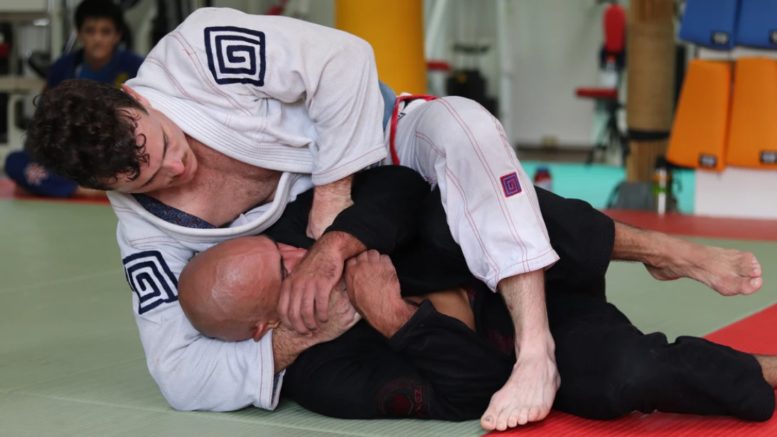Any head injury is a serious concern and needs medical attention straightaway. Whenever there is any damage done to the head, it is a cause for worry, regardless of whether there is a wound, blood or none at all. However, a closed head injury can be a difficult one to diagnose and there can sometimes be a false sense of reassurance around it.
What are the symptoms?
Many people who experience a closed head injury, or concussion, go through similar symptoms, eg: temporary headaches, dizziness, memory loss, blurred vision, etc. It is usually caused by suffering a blow to the head because of a trip or fall, a car accident or playing sports, for example, which causes the brain to knock against the skull.
Usually, doctors would expect the symptoms to go away within a few days on their own, but sometimes they can only develop properly after several days or even weeks, as the brain swelling increases. This is when there may be a reason for concern and signs of potential long-term damage to the brain.
So, in that sense, it is often once people have started to think they do not need to worry anymore, that they actually should be paying even closer attention to their symptoms.
Who is most at risk?
With children and elderly victims, in particular, it is worth mentioning that there should be no hesitation in getting immediate medical attention, even in the presence of no symptoms whatsoever. This is because they are the age groups with the highest percentage of falls, and who are left with fatal outcomes or prolonged psychological difficulties, respectively.
Closed head injuries are the leading cause of fatalities in children aged 0-4 along with physical impairment. Children cannot tell you as clearly what their symptoms are or how ill they might feel. Therefore, it is even more important to keep a close eye on them in the days, weeks and even months following an incident.
With younger people, too, who play sports that can affect the head, there is a heightened risk of increased complications when multiple head injuries are suffered close together in a short time. This can cause major neurological damage or even fatality, so no closed head injuries should be taken lightly and brushed off as ‘only concussion’ that isn’t serious.
What types of closed head injuries are there?
Concussion is only one type of closed head injury, too, as well there are other varieties which cause bruising of the brain (cerebral contusion); blood vessels to rupture and cause blood to form around the brain or pressure to build up (intracranial hematoma); and when neurons in the brain are damaged (diffuse axonal injury).
Therefore, although with a head injury which is more visible to the naked eye, there is often more concern and attention, we should not be lured into a false sense of security by a closed head injury, as they are the most fatal type of head injuries in the most vulnerable age groups.
Moreover, they can still be serious in adults with general good health as well, so do not be fooled into not treating any injury as anything other than serious. The level of damage caused by a closed head injury cannot be underestimated and should be prevented, where possible, at all costs.
